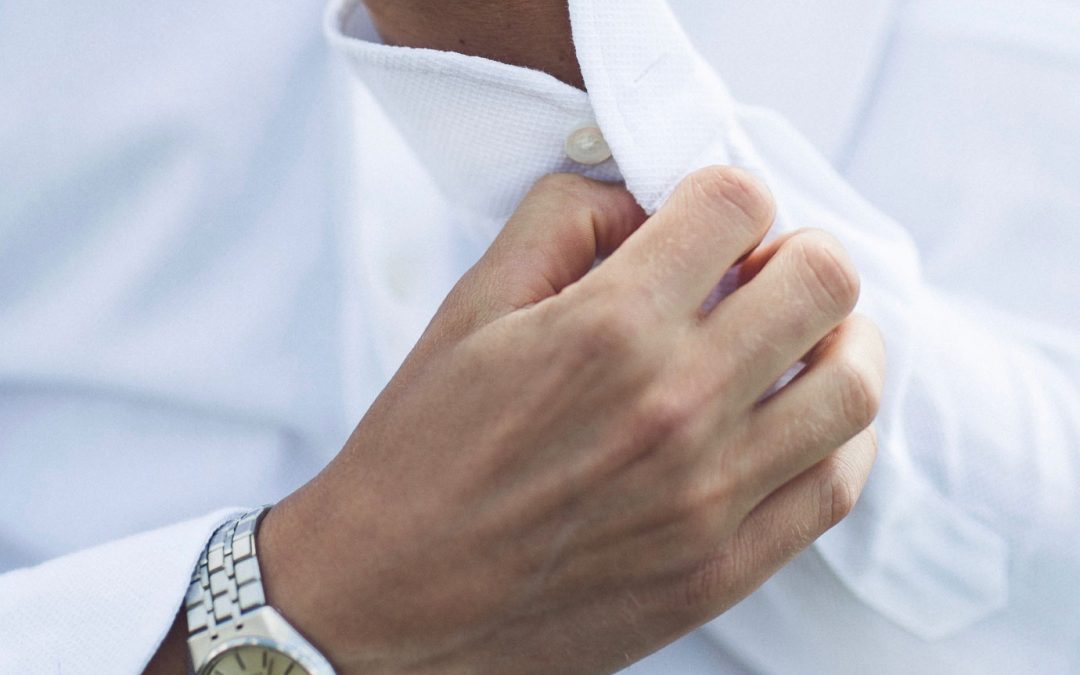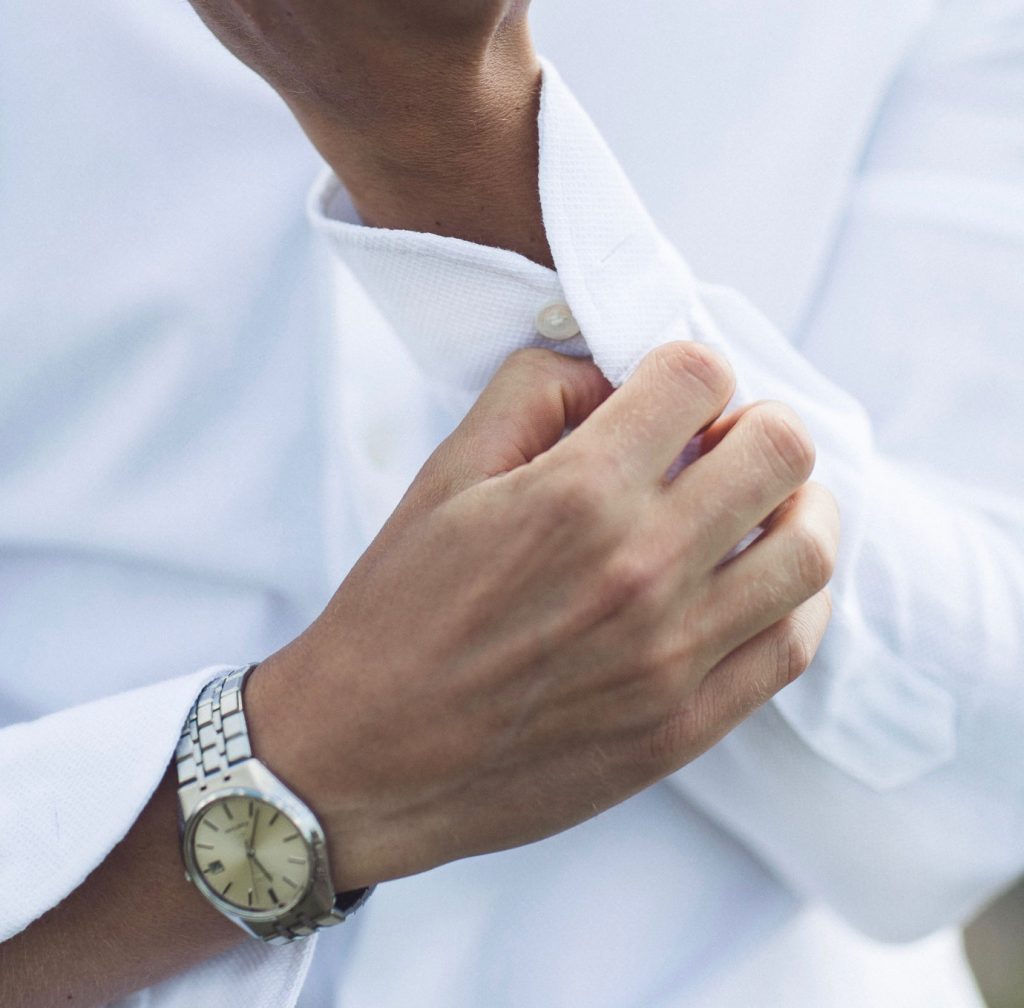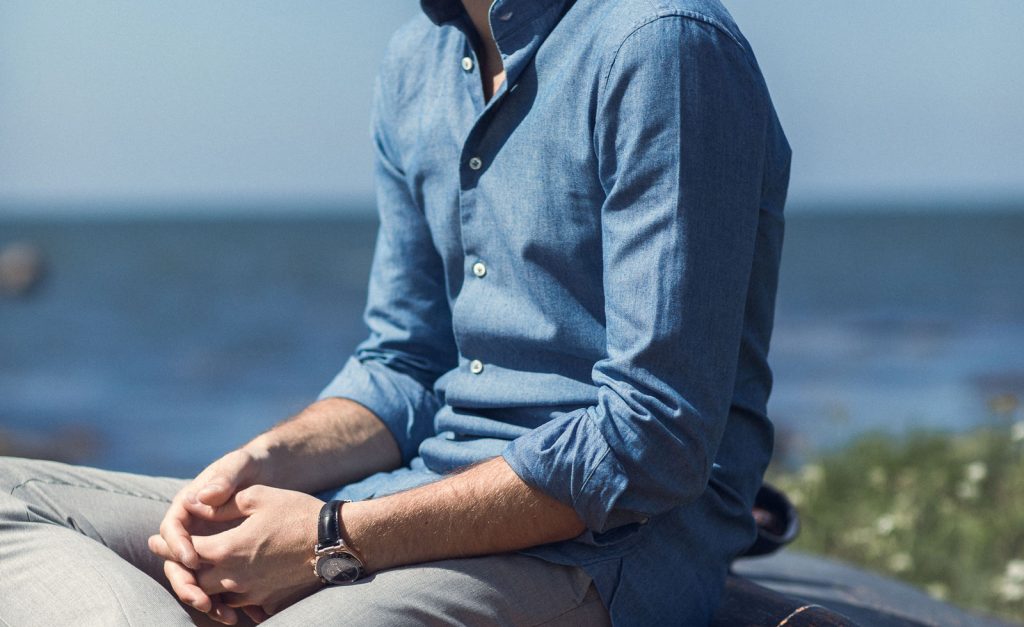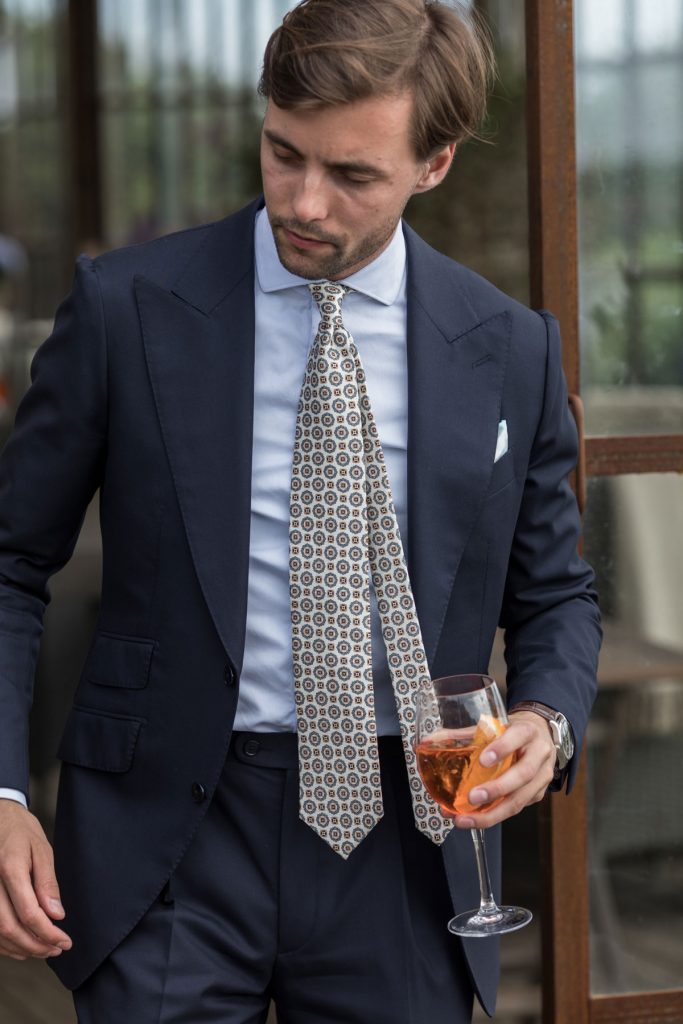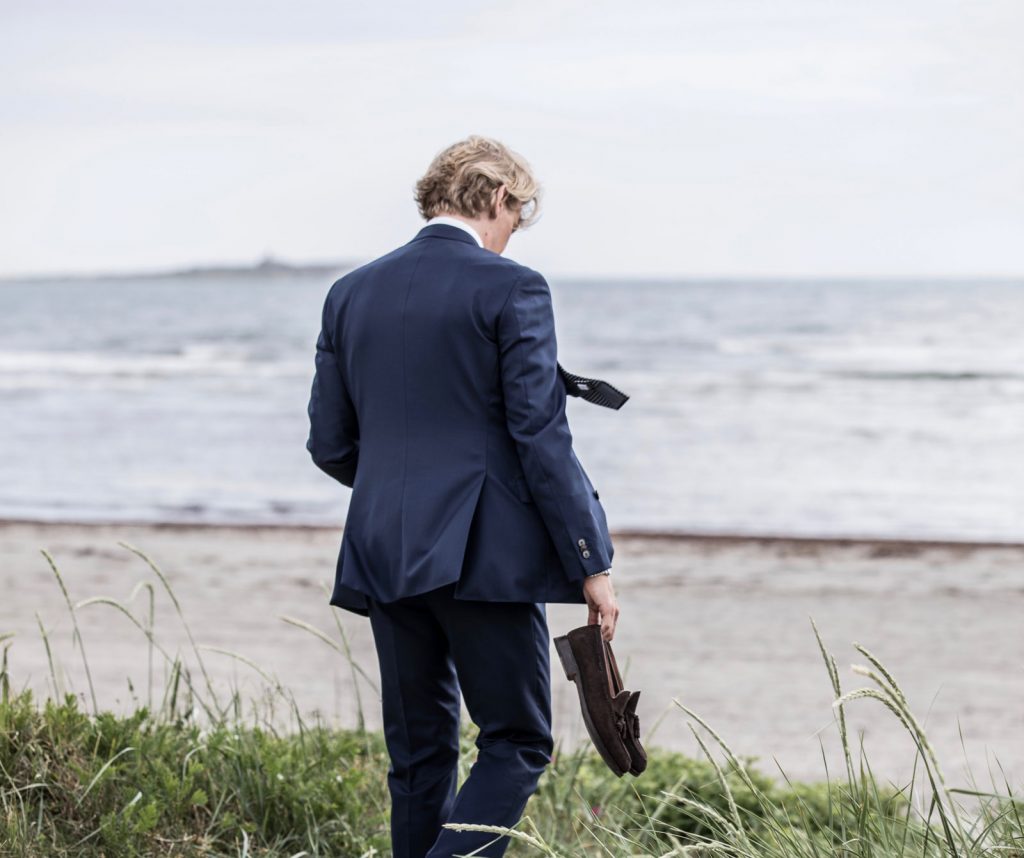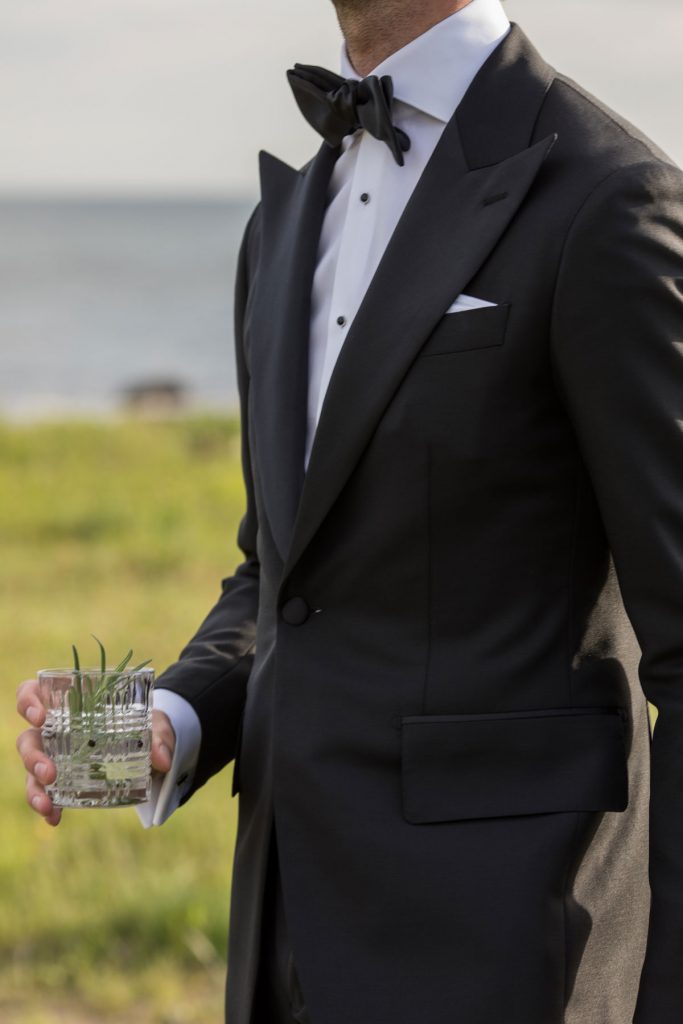Alexander Mostrom, Blugiallo Sweden
Stockholm, Sweden
Blugiallo was born from two Swedish friends’ (not so) subtle love for traditional tailored craftsmanship. Their call is to serve every man who appreciates a well cut suit and shirt being delivered with supreme service – ”A made to measure service fit for the 21st century.”
What business aspects have led to the success of Blugiallo?
In terms of classic, qualitative menswear, the competitive landscape in Sweden, much like the rest of Europe is dominated by big RTW/retail brands with a rich heritage. The brands typically compete with their history, expertise and tradition within the different product fields. However, for over thirty years, mass production of products from these brands has been the standard for the customer audience to rely on. It has been a standard for so long and to the point that people are not even reflecting on the fact that maybe there is an option to buying a shirt with too short sleeves or a jacket with the wrong proportions for their body type. In fact, only 1 out of 5 people can actually fit into a standard size according to recent studies, not taking into account the general fit a brand chooses to work with that also rules out a major part of the consumers in terms of fit. At Blugiallo, we believe that the mass-production served it’s purpose. It allowed brands to lower cost of producing and therefore lower prices to the end-consumer and the possibility for brands to offer their products to a broader group of people. However, like Dylan sang “The times they are a changing” – more so now than ever.
Technology and digital advances makes it possible to challenge the idea of mass-production, especially when it comes to qualitative clothing. Together with the general consumer trend that requests more qualitative, individually produced products, this is the force that drives Blugiallo and what makes us essentially different from other brands. To us, the customer needs and preferences comes first and that doesn’t involve having to compromise with fit and squeezing into standard sizes.
From the start – our focus has been to unite traditional craftsmanship with a modern and digital service.
The idea grew from the fact (and the day) that me and my co-founder Daniel tried qualitative made to measure for the first time. The benefits from a consumer’s standpoint were overwhelming but of course it came with a price (in both sense of the word). So before we even started Blugiallo, we decided we had to figure out the answers to a few, important questions relative to the challenges with a made-to-measure concept, both from a consumer as well as a company (brand) standpoint.
For example we asked ourselves “Why are there so few brands focusing on made -to-measure when the customer experience is often times superior compared to RTW”? We found that the classic business models within retail wasn’t really compatible with the concept of made-to-measure and therefore made it costly, time-consuming and difficult to scale.
Rather than taking on a classic approach, we’ve created a business model that faces the challenges and eliminates things like huge investments in stock, production and design. This allows us to focus on the customer experience and create a concept that breathes modern and digital while preserving the traditional craftsmanship in terms of product quality. We also found that with our model, we could challenge RTW brands and the mass production of garments.
This is key to our business and the success this far. Compared to RTW shirts and suiting, we offer our products in a higher quality (in terms of fabrics and construction), superior service level, individual fit, uniquely produced and designed to meet the customer’s needs – all of this at the same price point as many RTW brands.
What do you think is the future of tailoring? Do you see technology replacing the essential art of tailoring for instance, cutting, measuring or producing bespoke suits?
I believe that tradition and craftsmanship will always be present and that the “know how” it is absolutely key in order to secure a qualitative product. However, technology and tradition shouldn’t be seen as each other’s counterparts. Technology is needed to complement and preserve craftsmanship and tradition. In my opinion, without technology we face the risk of losing cherished traditions and craftsmanship.
There is also the general idea that tradition and craftsmanship can’t develop over time. Most people would agree that the old ways of making clothes from centuries back isn’t the best practice of today. Therefore, the way we produce certain stages by hand that dates from a century back might not always be “the best way” to do it. Needless to say, the art of stitching a buttonhole or creating a suit by hand is a great mark of craftsmanship, and perhaps we will always have these elements present, but that doesn’t mean we can’t push the thought of what craftsmanship is forward. Craftsmanship and tradition should not be recognized by old and time consuming ways of doing things, but rather the knowledge and know-how passed on by generations that led to the development of the great products we see in the past and today.
At Blugiallo, we see ourselves as a technology and service based company. That doesn’t mean that qualitative products isn’t hugely important for us. It is, but quality is also essential to everyone else. Without it you’re not relevant to the end-customer, especially not in our segment. Therefore, we must leverage technology in the best way we can in order for us to be able to offer the best, most convenient service available on the market – that’s how we will beat the competition.
What is Blugiallo’s unique value proposition and how do you acquire your customers?
At Blugiallo we have a general view upon clothing that is a bit different from many retail brands. We like to think about the customers from an “outside-in” perspective, rather than “inside-out” where brands generally tell their customers what to wear and how for every season.
A made to measure garment from Blugiallo starts with you, your personal preferences and what your everyday looks like. A suit, shirt or any other garment is often the target for many subjective thoughts and rules that forms the basis of “How a garment should look and feel” or what the best option is generally speaking. These “guidelines” are of course very helpful (if they come from a person with expertise) when deciding what to wear and with what on different occasions. However, to us, the best looking shirt or suit is one that our customer feels comfortable wearing, one that highlights his strong or elegant physique and lets them express their personal style. The possibility of achieving this with a made-to-measure or bespoke service is simply superior to any other option.

